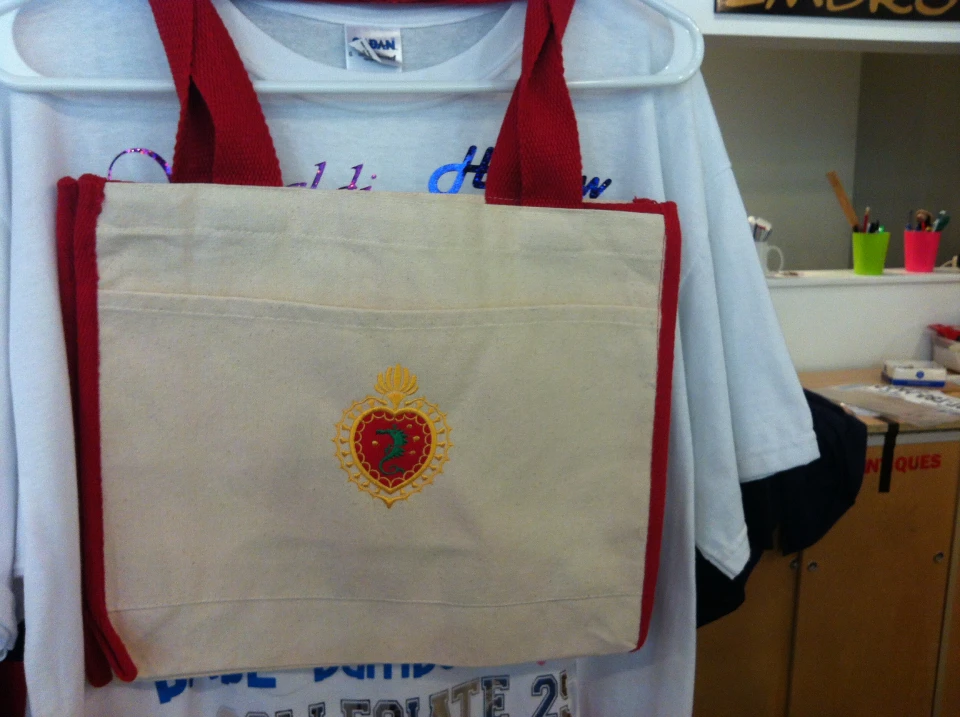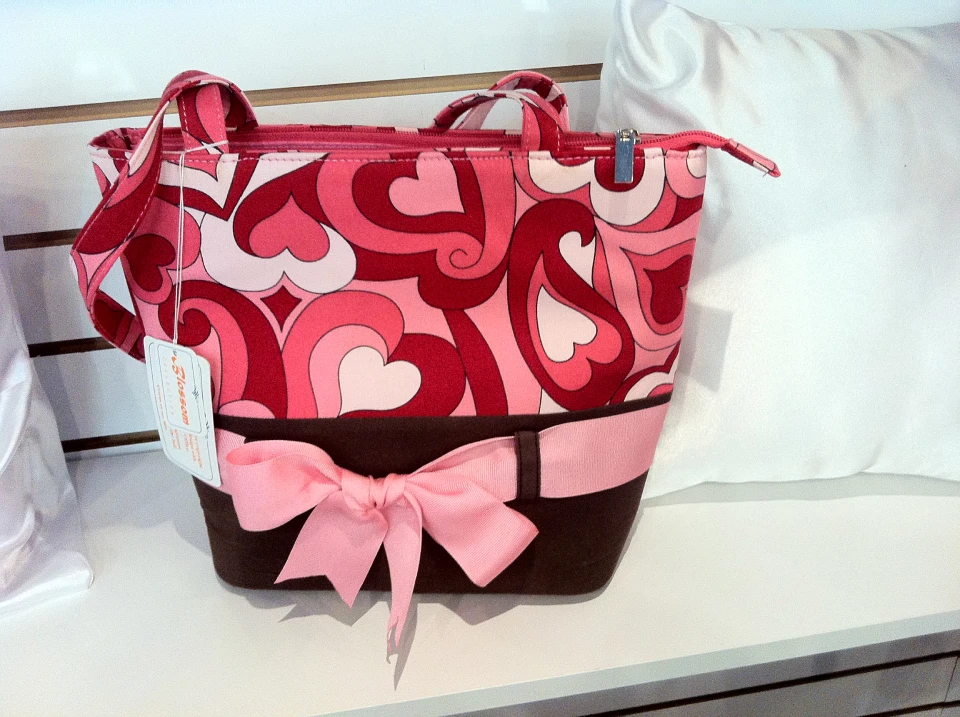Personalized School Uniforms with High-Quality Embroidery Providers
Personalized School Uniforms with High-Quality Embroidery Providers
Blog Article
The Art of Custom-made Needlework: Opening the Secrets to Creating Distinct and Remarkable Designs
Embroidery, a craft soaked in practice and artistry, holds within its complex stitches the power to change fabric right into a canvas of unique expression. The tricks to producing personalized embroidery layouts that captivate the eye and leave an enduring impact hinge on a fragile balance of method, creative thinking, and focus to information. As we delve right into the world of custom-made needlework, we discover the nuanced interplay in between thread selection, stitch complexity, and layout customization that raises a simple garment to a masterpiece. Join us on a journey through the art of custom needlework as we unwind the secrets behind crafting really memorable and distinctive creations.
Picking the Right Needlework Threads
When picking embroidery threads, what vital aspects should you consider to make sure the best outcomes for your custom styles? The selection of embroidery string is essential in establishing the final end result of your embroidered style. Among the main considerations is the product of the string. Various products such as cotton, polyester, rayon, and silk offer varying levels of shine, resilience, and structure. It is important to select a thread material that complements the material you are embroidering on and lines up with the preferred appearance of the layout.
Thicker strings can include measurement and texture to your style, while finer threads are suitable for elaborate information and small message. Furthermore, considering the color fastness and washability of the string is vital to guarantee that your custom layouts preserve their quality and vibrancy over time.
Exploring Various Stitch Techniques
To dig into the realm of 'Discovering Different Stitch Techniques', one must realize the ins and outs and nuances that each sewing technique offers the art of embroidery. Various stitch methods not only include visual interest yet also add to the general texture and measurement of the layout. One popular stitch technique is the satin stitch, which includes closely packed parallel stitches to create a smooth and shiny surface area, ideal for loading in shapes and producing bold lays out.
On the various other hand, the backstitch is a functional technique frequently used for laying out and adding great information. It includes sewing backward to produce a strong line of needlework. In addition, the French knot stitch adds a tactile element to styles, best for developing distinctive accents like flower centers or ornamental touches.
Discovering different stitch techniques enables embroiderers to have fun with light, shadow, and depth within their layouts, elevating the aesthetic appeal and creative top quality of their embroidery projects. By grasping numerous stitching techniques, one can unlock endless opportunities for creating distinct and unforgettable custom embroidery pieces.
Incorporating Personalized Style Aspects
Having explored the intricacies of various stitch methods such as the satin stitch, backstitch, and French knot, the emphasis now moves additional resources in the direction of integrating customized design components in custom-made embroidery tasks. Individualized layout aspects play an essential function in making needlework tasks absolutely special and unforgettable.
An additional way to incorporate tailored layout aspects is by including icons or themes that hold special definition to the recipient or mirror their passions and character. For example, including a preferred flower, pet, or hobby-related symbol can make the needlework design extra significant and personalized. Furthermore, picking colors that resonate with the recipient or straighten with the intended theme can additionally boost the personalization of the embroidery job.
Mastering the Art of Color Sychronisation

One trick element of shade sychronisation is recognizing color concept. This consists of knowing just how various colors engage with each various other, the emotions they convey, and exactly how they can be combined to produce aesthetically enticing designs. By using shade theory principles, embroiderers can create unified color palettes that boost the total look of the style.
In addition, focusing on contrast is essential in color control. Utilizing contrasting colors can assist particular elements of the design pop, enhance readability, and develop a visually dynamic embroidery piece. By understanding the art of color sychronisation, embroiderers can boost their layouts and create unforgettable pieces that reverberate with customers and viewers alike.
Enhancing Structure With Advanced Needlework Stitches

French knots, as an example, are excellent for adding small, increased dots to your style, resembling the look of beads or producing a textured surface area. Bullion knots, on the various other hand, can be used to create twisted, ropelike visit this page elements that include an elegant feel to the needlework. Seed sewing entails tiny, my company scattered stitches that can complete areas with a speckled texture, while turkey work produces cosy, dimensional accents similar to pet hair or foliage. Explore these sophisticated embroidery stitches enables you to push the limits of conventional needlework and produce genuinely special and aesthetically attractive appearances in your layouts.
Verdict
To conclude, the art of customized embroidery involves a mix of picking the appropriate strings, discovering different stitch methods, incorporating personalized layout components, grasping color control, and improving texture with advanced stitches. By recognizing and executing these key components, embroiderers can develop distinct and memorable layouts that showcase their creativity and ability. Embroidery enthusiasts can open the tricks to creating attractive and bespoke pieces that stick out and leave a long lasting impact.
Report this page